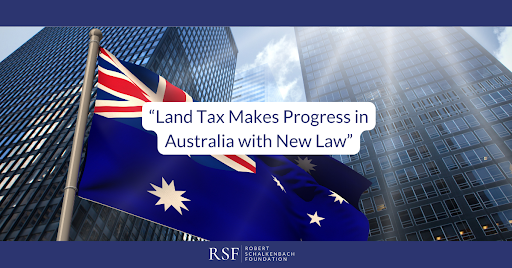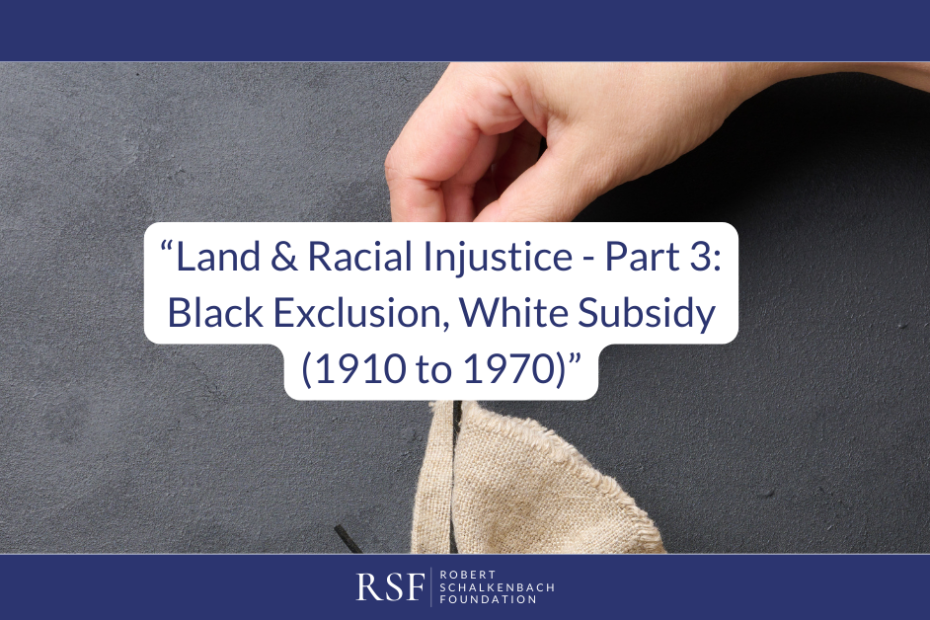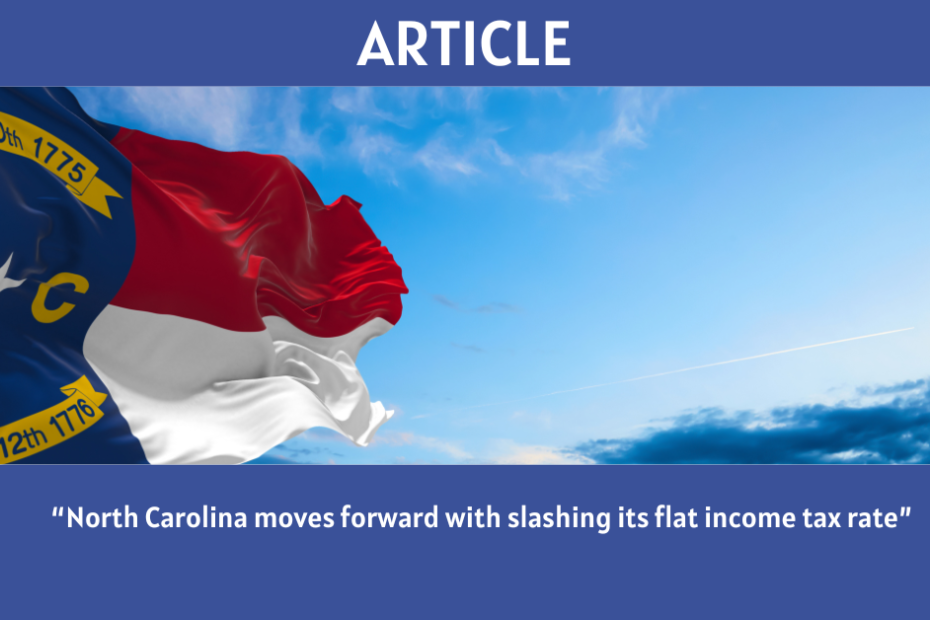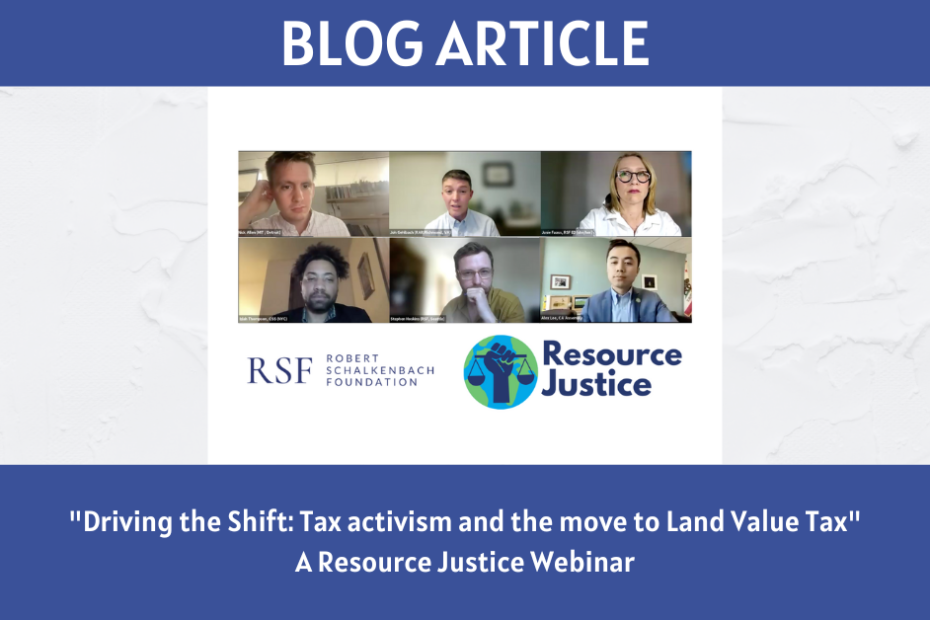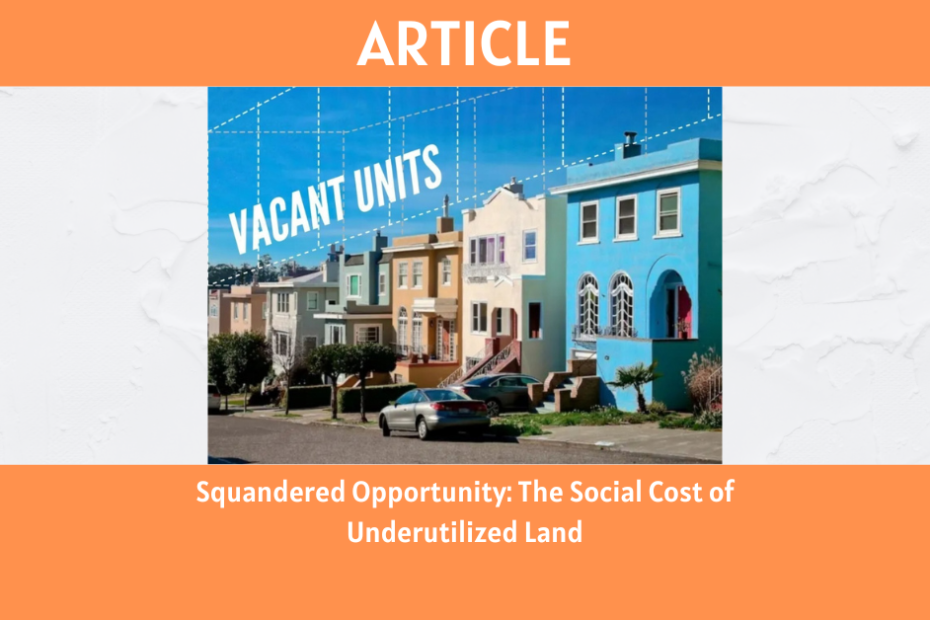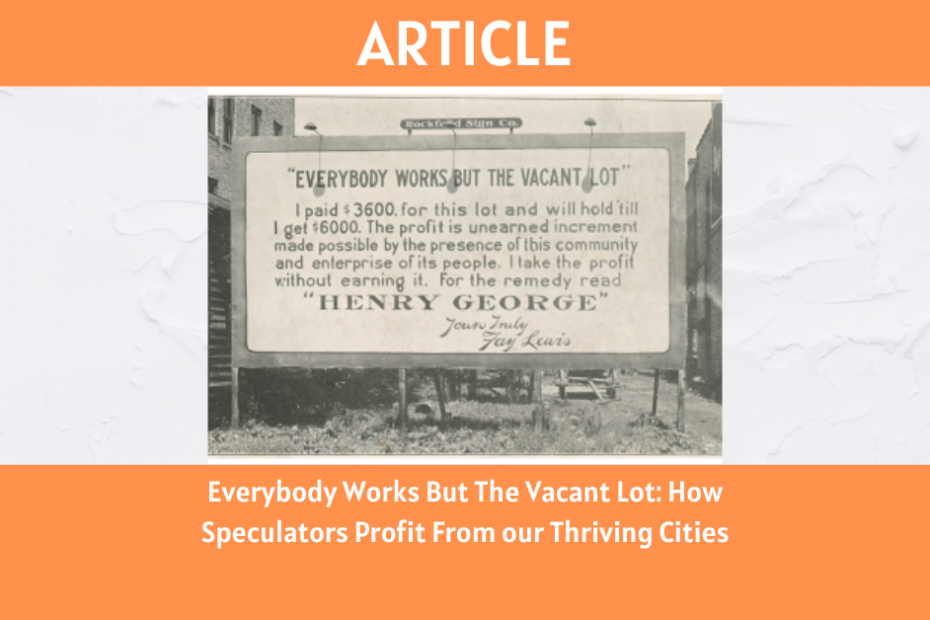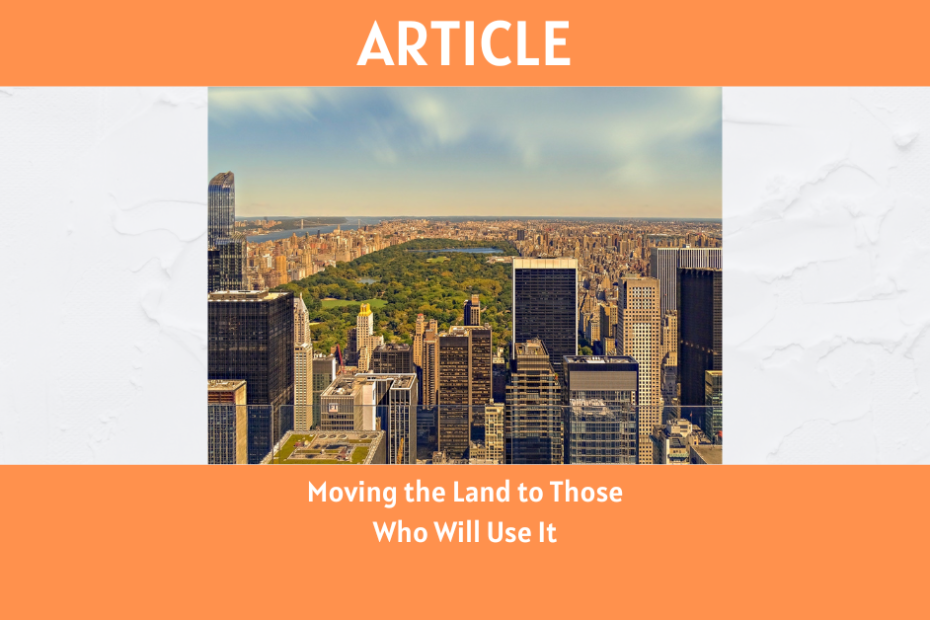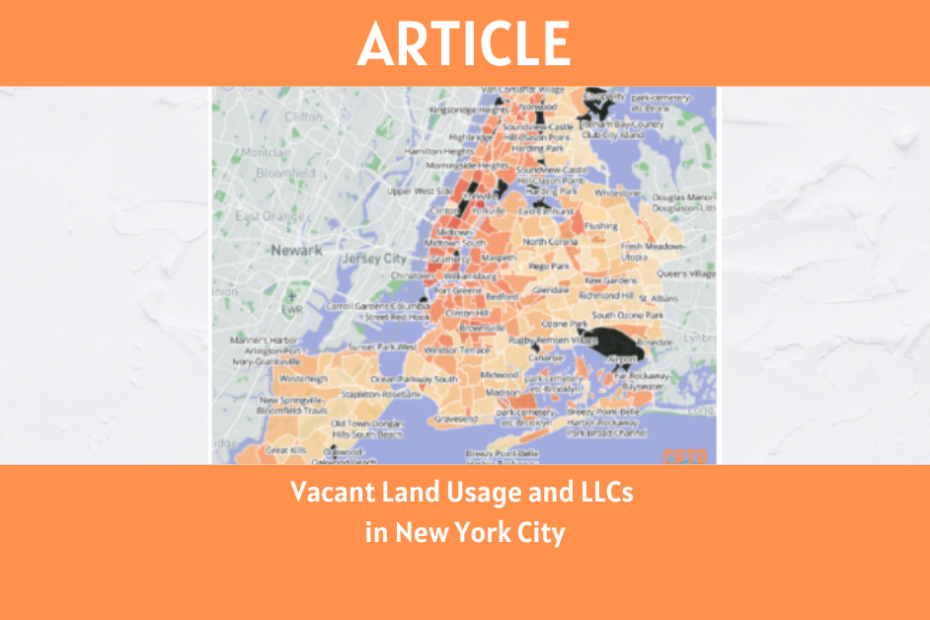“Could I begin life again, knowing what I now know, and had money to invest, I would buy every foot of land on the island of Manhattan.”
So wrote one of the original robber barons of the early nineteenth century. Yet almost 200 years later, the idea of holding land as a road to riches is alive and well in New York City. Though, of course, owning land is not so bad when the owner also uses it productively, provides employment, or builds affordable houses. But owning ground to make money on it while doing nothing to it is a problem New York doesn’t need.
In 2022, New York City is facing a new onslaught from the financial sector and their hedge fund billions. The city is enormous––700 square miles. But under the current cruel system, struggling families and small businesses have the nearly impossible task of finding a decent location to live or do business.

